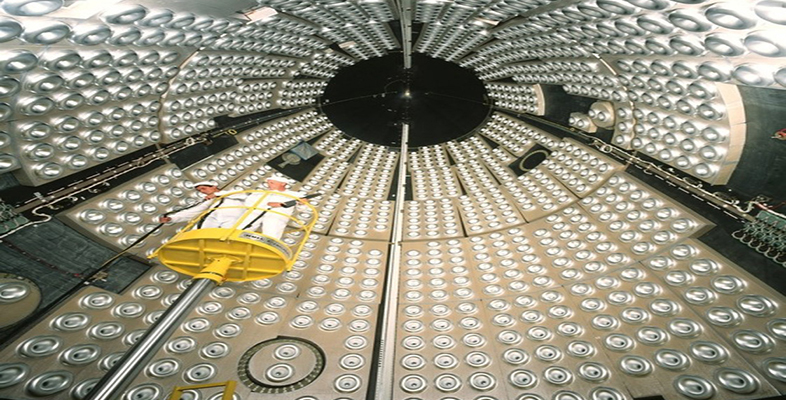4.1 Defining technology
The second stems from how we define technology for the purpose of this course. Put briefly, we see technologies not simply as technological artefacts, such as an iPhone or laptop, but also as knowledge. If you have not thought of technology in this way before, it may seem odd but you will actually find very few definitions of technology that only refer to technology as artefacts. An accurate definition will also include reference to a body of knowledge and practice (often referring to the application of scientific knowledge, although the emphasis on scientific is, in fact, too narrow). Indeed, we could say that technology as artefact and knowledge represent two of the components of the ‘bundles’ of assets, such as specific forms of intellectual property, organisational capabilities, complementary technologies and even commercial brands that together provide potentially innovative products and services.
A further distinction can be made between technology as mode of enquiryand action. This refers to the techniques by which technological knowledge is itself created. For example, a particular approach to continuous improvement that used to get a lot of attention in innovation management literature in the early 1990s and has endured into the 2000s is the Japanese ‘Kaizen’ model, which, it was argued, was particularly effective for organisations that needed to deal with high rates of change and complexity in their operations and environment.
Interestingly, mention of process improvement brings up another very important distinction in the meaning of technology, which is between process and product technologies. The former is what an organisation uses to accomplish its tasks. The latter is delivered to customers. Product in this context means both goods and services.
